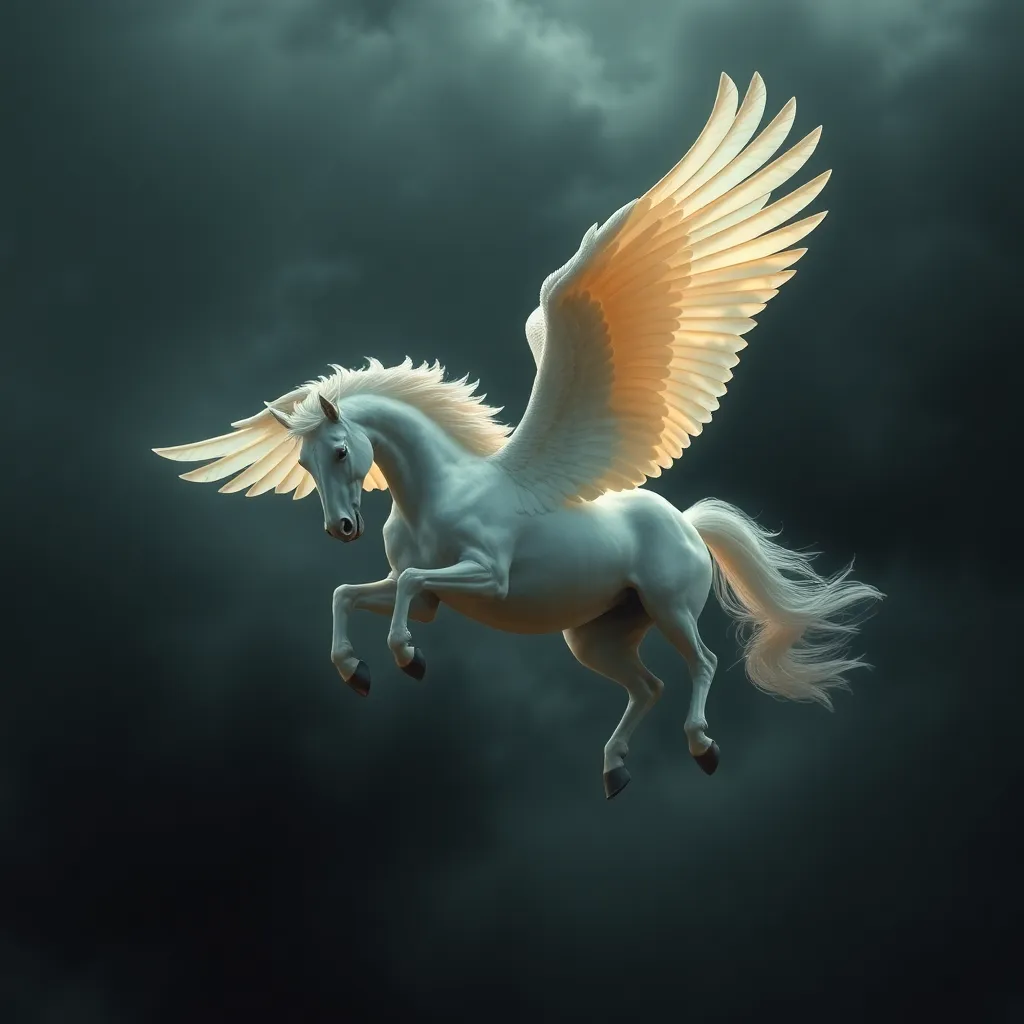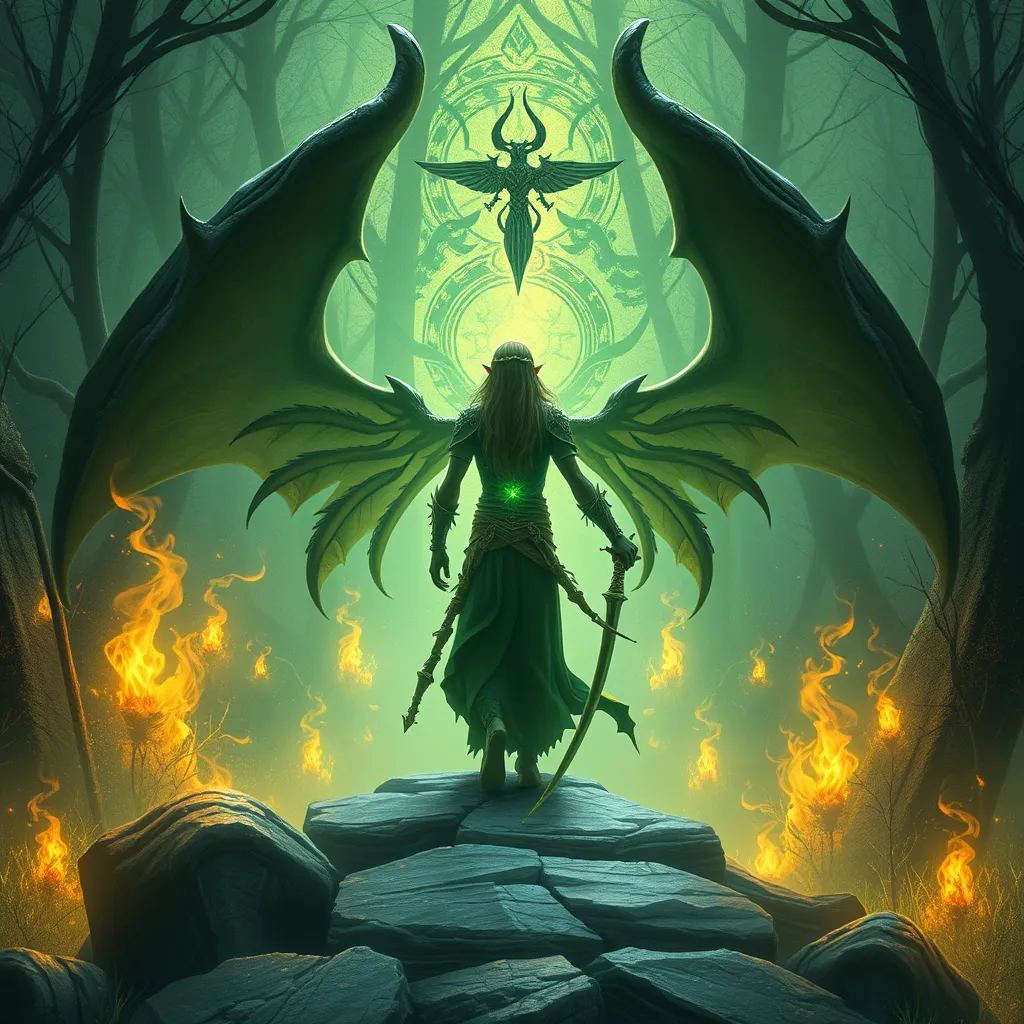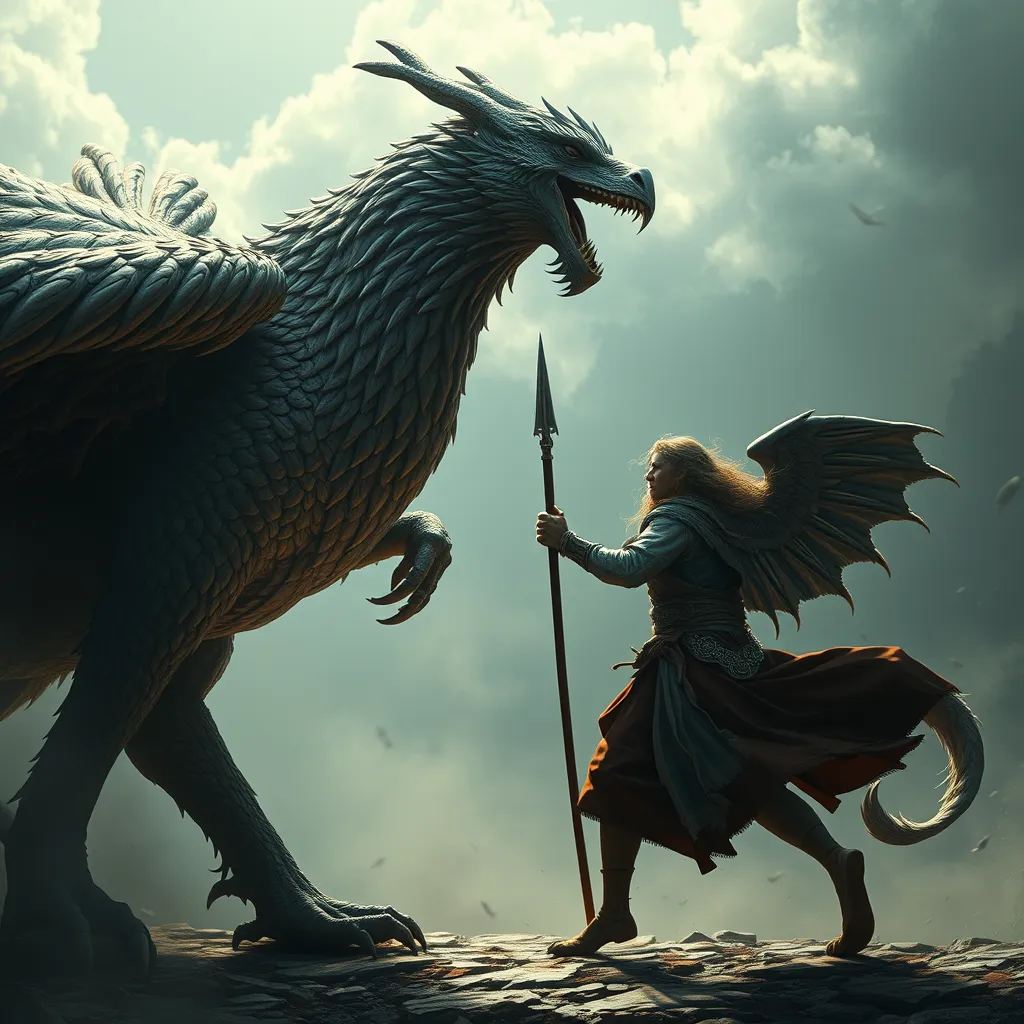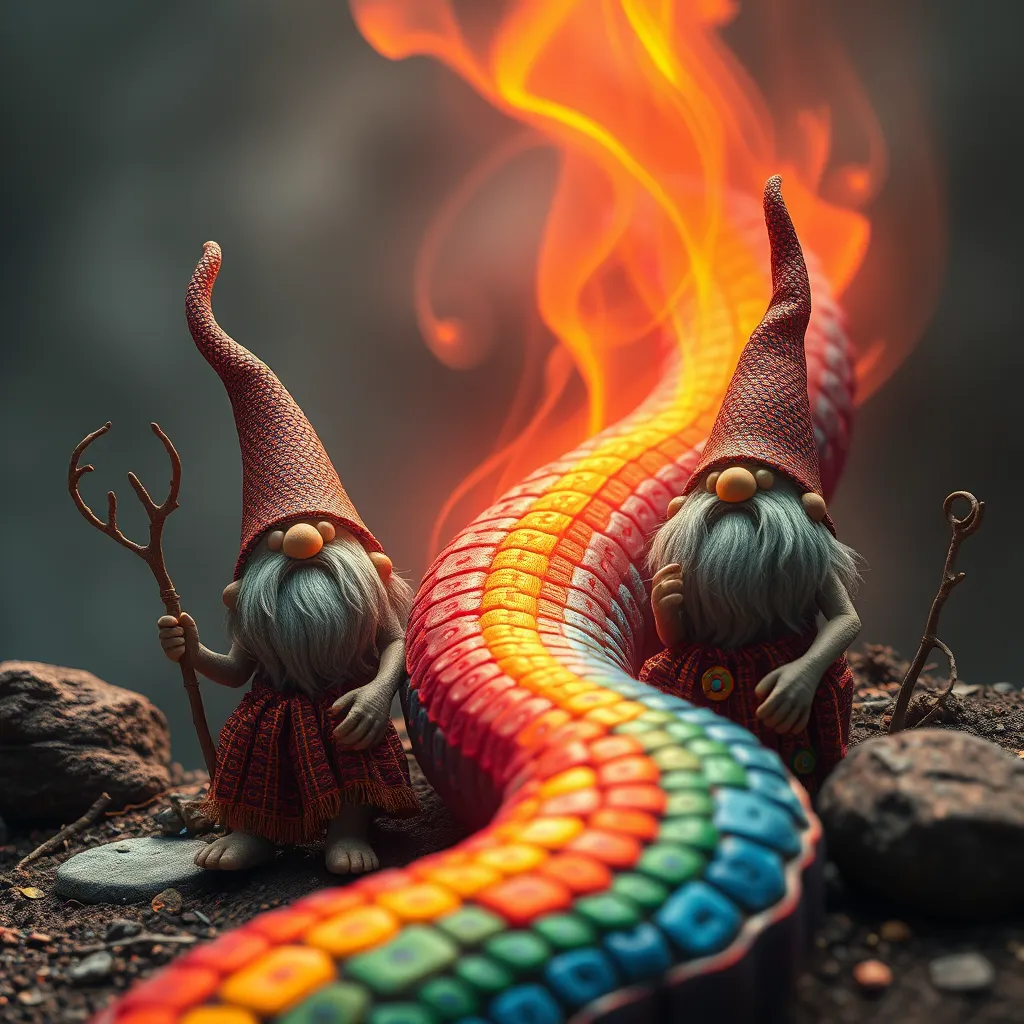The Flight of Fancy: Analyzing the Use of Pegasus as a Symbol of Creativity and Imagination
I. Introduction
Pegasus, the majestic winged horse from Greek mythology, has captured the imagination of countless generations. Born from the blood of the Gorgon Medusa, Pegasus represents not only physical beauty and grace but also the ethereal qualities of creativity and imagination. The significance of symbols in art and literature cannot be overstated, as they serve as conduits for deeper meanings and emotions. This article aims to delve into the multifaceted representation of Pegasus as a symbol of creativity and imagination, exploring its historical roots, artistic interpretations, and psychological implications.
II. Historical Context of Pegasus
A. Origins in Greek mythology
Pegasus first appears in Greek myth as the offspring of Poseidon and Medusa. He is often associated with heroic figures, particularly Bellerophon, who rode Pegasus to defeat the monstrous Chimera. This origin story highlights the connection between Pegasus and the themes of heroism and creativity.
B. The role of Pegasus in ancient stories
- Bellerophon and the Chimera: Pegasus helps Bellerophon in his quest to slay the fire-breathing beast, symbolizing the triumph of creativity over chaos.
- The Muses: Pegasus is said to have created the spring of Hippocrene on Mount Helicon, a sacred site for the Muses, further linking him to inspiration.
C. Evolution of Pegasus in various cultures over time
Across different cultures, Pegasus has been reinterpreted, symbolizing various aspects of creativity and imagination. From the Renaissance to modern times, the image of Pegasus has transcended its mythological origins, appearing in diverse artistic and literary contexts.
III. Pegasus as a Symbol of Inspiration
A. Connection to the Muses in Greek mythology
Pegasus is often depicted in association with the Muses, the goddesses of art and science. This connection underscores his role as a source of inspiration for artists, poets, and musicians, reinforcing the idea that creativity is divinely inspired.
B. The concept of “divine inspiration” and its relation to creativity
The notion of divine inspiration suggests that creativity is not solely a human endeavor but also a gift from the gods. Pegasus embodies this idea, serving as a reminder that imagination can elevate our thoughts and expressions to new heights.
C. Examples of artists and writers influenced by the imagery of Pegasus
- Pablo Picasso: His work often features mythological themes, including depictions of Pegasus.
- William Butler Yeats: The poet frequently invokes imagery of the winged horse to symbolize inspiration and transcendence.
IV. Artistic Representations of Pegasus
A. Depictions in classical art (sculpture, painting)
In classical art, Pegasus has been depicted in various forms, from intricate sculptures to dynamic paintings. Artists like Peter Paul Rubens and Jean-Auguste-Dominique Ingres captured the essence of Pegasus’s grace and power.
B. Modern interpretations in contemporary art
Contemporary artists continue to explore the symbolism of Pegasus, reimagining him in new contexts and styles. Artists such as Marc Chagall and contemporary digital artists utilize Pegasus to express themes of freedom and creativity in their work.
C. Comparison of different artistic styles and their portrayal of Pegasus
- Classical: Emphasizes realism and idealized forms, showcasing Pegasus as a noble and powerful creature.
- Romantic: Focuses on emotion and imagination, often portraying Pegasus in fantastical landscapes.
- Modern: Abstract interpretations that symbolize the essence of creativity rather than a literal representation.
V. Pegasus in Literature and Poetry
A. Analysis of literary works featuring Pegasus
Pegasus has appeared in numerous literary works, often as a metaphor for the creative process. In Ovid’s “Metamorphoses,” the story of Pegasus emphasizes the transformative power of art and inspiration.
B. The role of Pegasus in poetry as a metaphor for creativity
In poetry, Pegasus often symbolizes the soaring nature of creativity, representing the artist’s ability to transcend the mundane. Poets have used Pegasus to express the struggle and triumph inherent in the creative journey.
C. Case studies: notable authors and their use of Pegasus as a symbol
- John Milton: In “Paradise Lost,” Pegasus symbolizes the divine inspiration that guides the poet’s pen.
- Rainer Maria Rilke: His works often reflect the journey of the artist, with Pegasus representing the pursuit of beauty and truth.
VI. Pegasus in Popular Culture
A. Representation in film, television, and literature
In modern popular culture, Pegasus continues to appear in films, television shows, and literature. His image is often used to evoke themes of adventure and creativity, appealing to audiences’ sense of wonder.
B. The impact of Pegasus on modern creativity and imagination
The enduring popularity of Pegasus in contemporary media underscores his relevance as a symbol of creativity. Artists and creators frequently draw on his imagery to inspire their work, reflecting society’s ongoing fascination with the mythical.
C. Examples of how popular culture has reinterpreted the symbol
- Disney’s “Hercules”: Pegasus is portrayed as a loyal companion, emphasizing friendship and teamwork in creative endeavors.
- Video games: Pegasus appears in various fantasy games, symbolizing freedom and exploration in fantastical realms.
VII. Psychological Interpretations
A. The symbolism of Pegasus in dreams and subconscious thought
Pegasus often represents the aspirations and desires buried within our subconscious. Dream interpretations suggest that seeing Pegasus may symbolize a longing for freedom and creative expression.
B. The relationship between flight and freedom in creative expression
Flight is a powerful metaphor for freedom, and Pegasus embodies this concept. The ability to soar above the constraints of reality reflects the artist’s journey to achieve self-actualization and creativity.
C. Insights from psychology on the importance of imagination
Psychologists emphasize the significance of imagination in personal development and emotional well-being. Pegasus serves as a reminder of the necessity of nurturing our creative impulses to explore new possibilities.
VIII. Conclusion
A. Recap of Pegasus as a multifaceted symbol
Throughout history, Pegasus has emerged as a multifaceted symbol, representing creativity, inspiration, and the quest for freedom. His legacy continues to inspire artists, writers, and dreamers across cultures and generations.
B. The enduring relevance of Pegasus in inspiring creativity and imagination
As we navigate the complexities of modern life, the spirit of Pegasus reminds us of the importance of imagination in our creative pursuits. Embracing this symbol can lead to profound personal and artistic growth.
C. Final thoughts on embracing the spirit of Pegasus in contemporary life
In a world that often prioritizes practicality over creativity, let us remember Pegasus as a beacon of inspiration. By harnessing the essence of this mythical creature, we can unleash our imagination and soar to new heights in our artistic endeavors.



